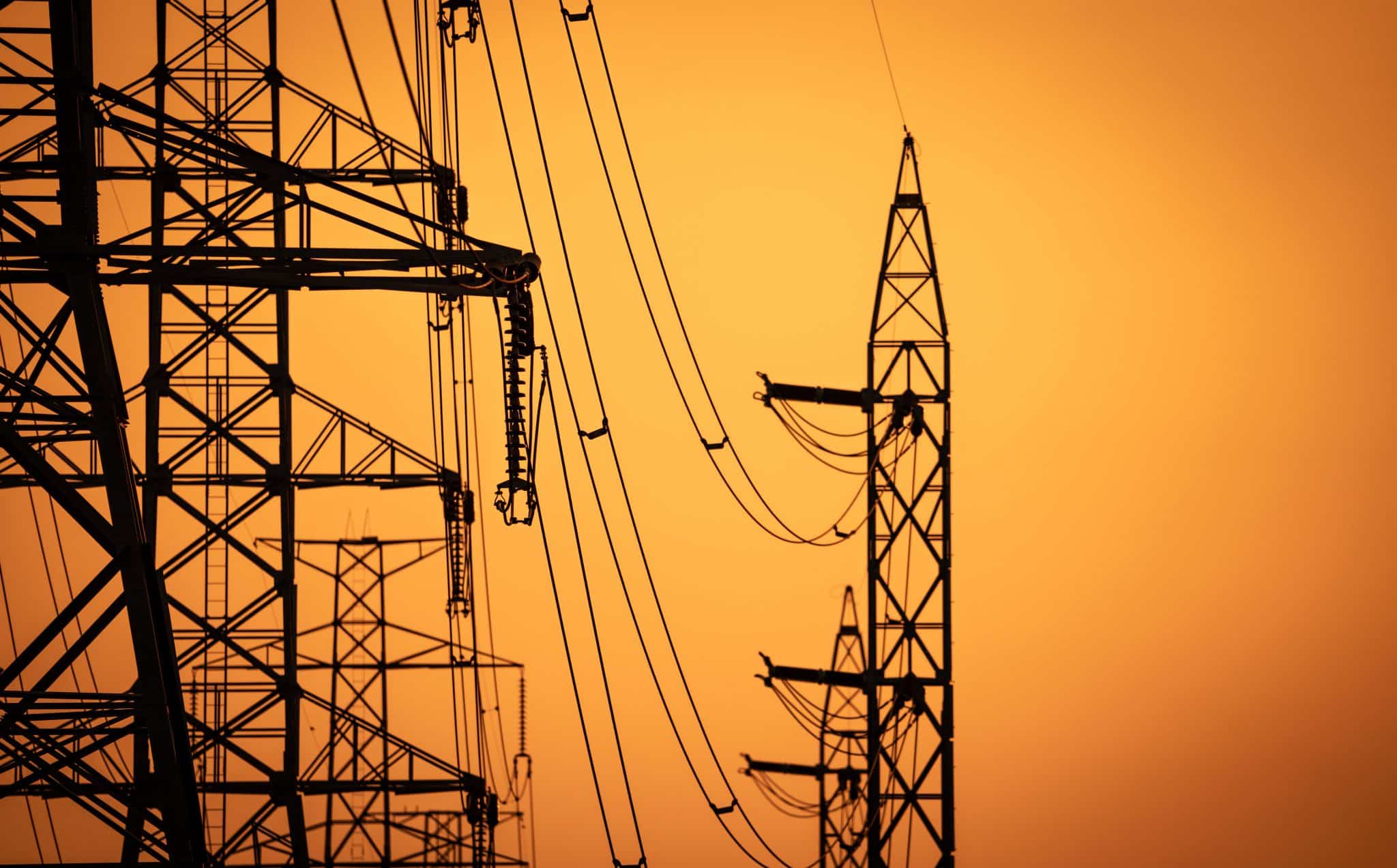South Africa’s power grid may look stable, but experts warn Eskom’s recovery rests on shaky ground, with billions spent on diesel keeping the lights on.
The Minerals Council’s July 2025 electricity update flagged the reliance, with economist André Lourens noting that Eskom’s stability “hinges on the continued heavy use of open-cycle gas turbines (OCGTs) to cover peak demand.”
Between 1 April and 24 July, Eskom spent R5.6 billion on diesel, already overshooting its own worst-case forecast for the winter. Lourens cautioned that while this strategy has kept supply uninterrupted, “it comes with a delayed financial sting and shows how dependent the system still is on emergency measures.”
“It comes with a delayed financial sting and shows how dependent the system still is on emergency measures,” says economist André Lourens
Energy expert Matthew Cruise from Impower echoed the concern. “Eskom has been spending a lot on diesel; R15 billion over the last financial year alone. That level of use was never fully budgeted for, and it points to structural weaknesses that haven’t gone away,” he said.
Even with its Energy Availability Factor improving to 63.9% in June, thanks in part to the return of Medupi Unit 4 (800 MW), analysts stress the underlying fragility remains. “Without diesel, the lights would likely have gone out,” Lourens said.
While South Africans are enjoying a rare break from load shedding, the picture behind the scenes is less reassuring: Eskom’s grid stability still depends on costly stopgaps, leaving the power system vulnerable and financially strained.
Click here to read the full article at BusinessTech.






Recent Comments